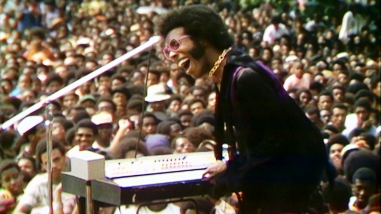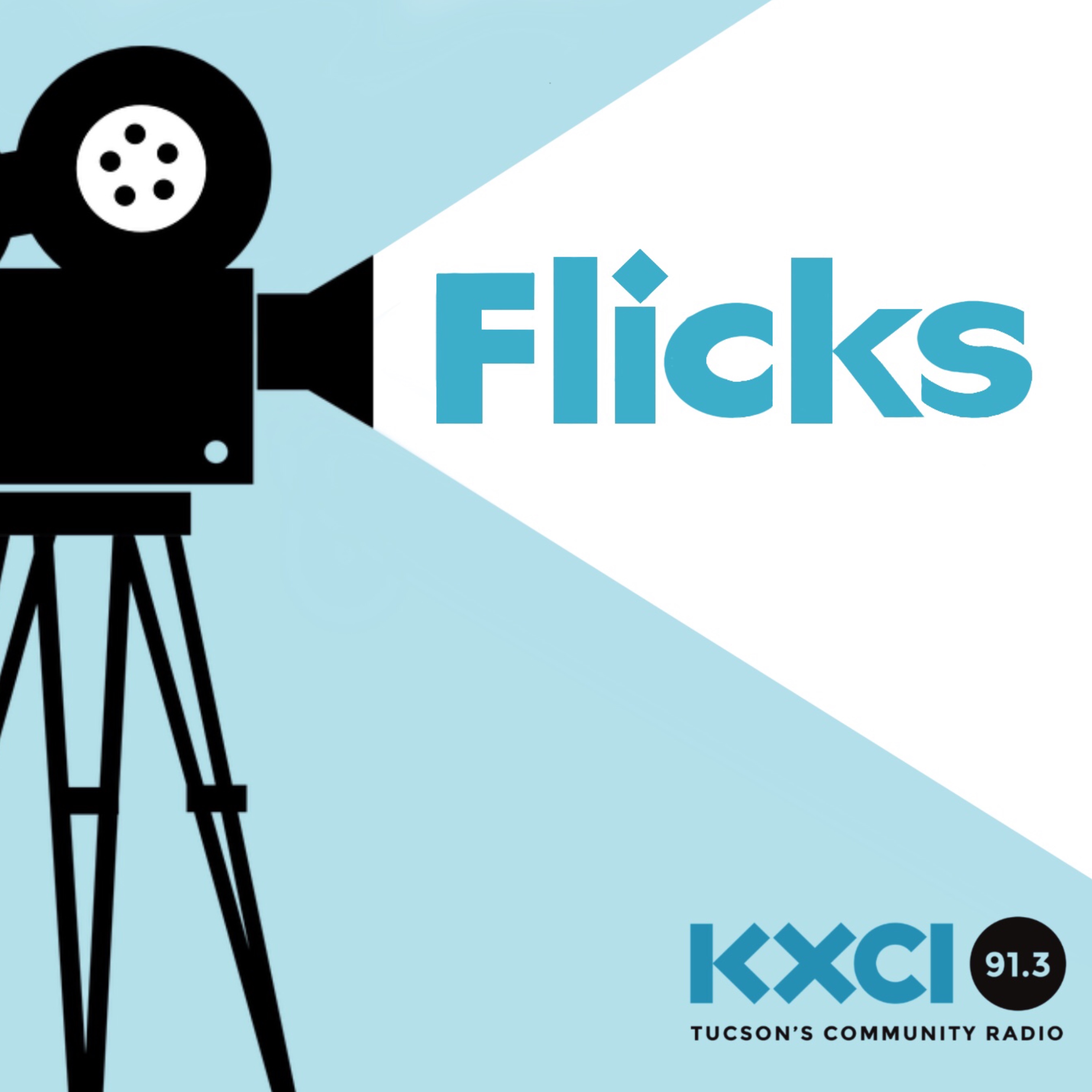 The Harlem Cultural Festival was a music festival taking place in the same summer of 1969 as Woodstock, and its amazing line-up, and insight into how it happened, is finally presented, 52 years later.
The Harlem Cultural Festival was a music festival taking place in the same summer of 1969 as Woodstock, and its amazing line-up, and insight into how it happened, is finally presented, 52 years later.
Movies about music festivals have a built-in appeal: if you like the kind of music featured, the festival film gives you a variety of different artists in that genre. The gold standard is still Monterey Pop, about the 1967 festival of that name. And of course, there’s Woodstock, chronicling the famous gathering in 1969 that was seen as a kind of summing up of the rock and pop music then. Now, just last year, a film was released about a major music festival that took place the same summer when Woodstock was happening. It was the Harlem Cultural Festival, a free event that occurred at Mount Morris Park on six successive weekends from June to August of ’69. This did not get very much attention. I, for one, had never heard of it. The film is called Summer of Soul, and my jaw dropped when I saw the list of performers. But first you need to know that Summer of Soul is also a record of a crucial time in the history of the Black community in America, and the production was put together by Ahmir Thompson, more popularly known as Questlove, a major author and producer, and one of the frontmen for the band The Roots, which is The Tonight Show band.
Each weekend in the Harlem Cultural Festival highlighted a different type of Black American music. In the course of the film, we watch performances by B.B. King, Stevie Wonder, Sly and the Family Stone, Gladys Knight and the Pips, The Chambers Brothers, and David Ruffin, the lead singer for The Temptations who had just left that group to go solo. We see The Fifth Dimension performing there as well, and two of the members of that group talk about how excited they were to play in Harlem, because their sound was sometimes dismissed as “too white,” but the film showcases their stunning vocal mastery. The jazz portions include Herbie Mann, Abbey Lincoln, and Nina Simone. And a very interesting long middle section shows the strong influence of gospel on the Black music scene, with performances by The Staple Singers, The Edwin Hawkins singers with “Oh Happy Day,” and the Queen of Gospel, Mahalia Jackson.
Interspersed with all the great music are clips and interviews profiling the social and political situation in Black America at that time. Dr. King had been murdered only the previous year, and there was a new militancy in the air. Civil rights and social justice were part of the festival, and we are shown a very young Jesse Jackson speaking to the audience about the need to continue the struggle for peace and justice. Interviews with artists and people involved in putting the festival on emphasize the strong sense of togetherness experienced at these events. In such an atmosphere of joy and hope, it is somewhat difficult for us now, over five decades later, not to feel some frustration at how much racism has continued as a political force in our country. But the people being interviewed caution us against despair. The love and solidarity, expressed through music and activism, is still alive today, as we see, for instance, in the Black Lives Matter movement.
So why did it take so long for this film to be released? One of the sponsors of the festival, Maxwell House Coffee, filmed all the performances. But after being minimally aired on a couple of TV specials, the footage ended up sitting in a basement for fifty years until it was discovered by an archivist in 2004 who alerted others to take on the task of restoration. Now, thanks to them and to Questlove, this brilliant event has come to life again in Summer of Soul. You owe it to yourself to see it.

Ruben Östlund’s satire on the ruling class takes us on a luxury cruise headed for disaster. Satire is hard to do well. But Swedish...

Every year I make a list, like most film critics, of my favorite movies from the previous year. I do mine later than just...

A Chinese-American family goes to China to visit the grandmother who is dying, but no one has told her the truth of her condition,...